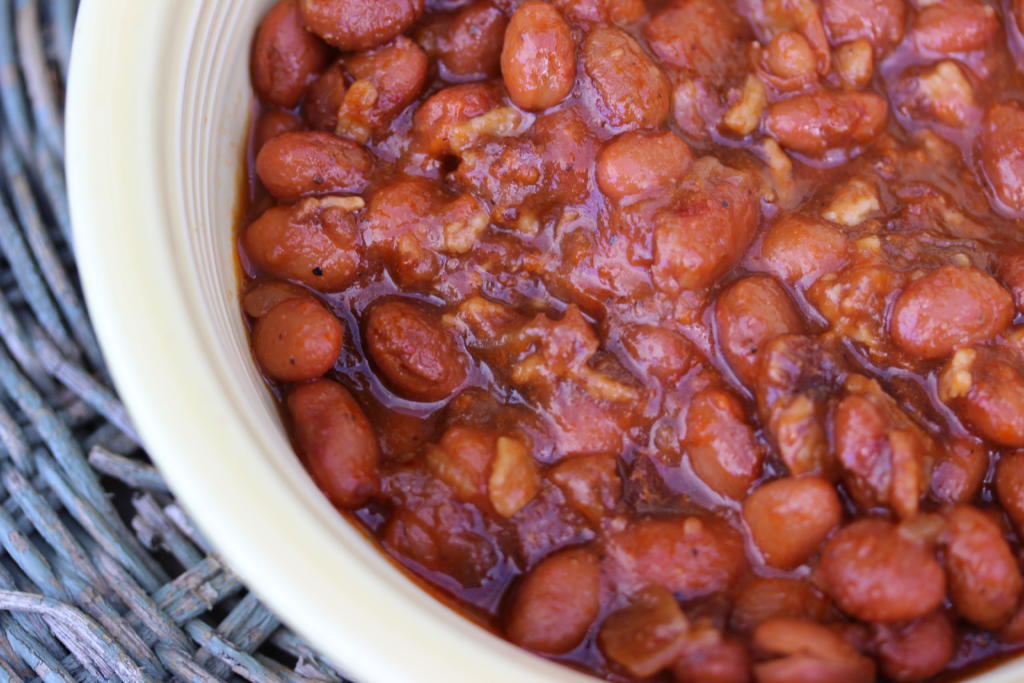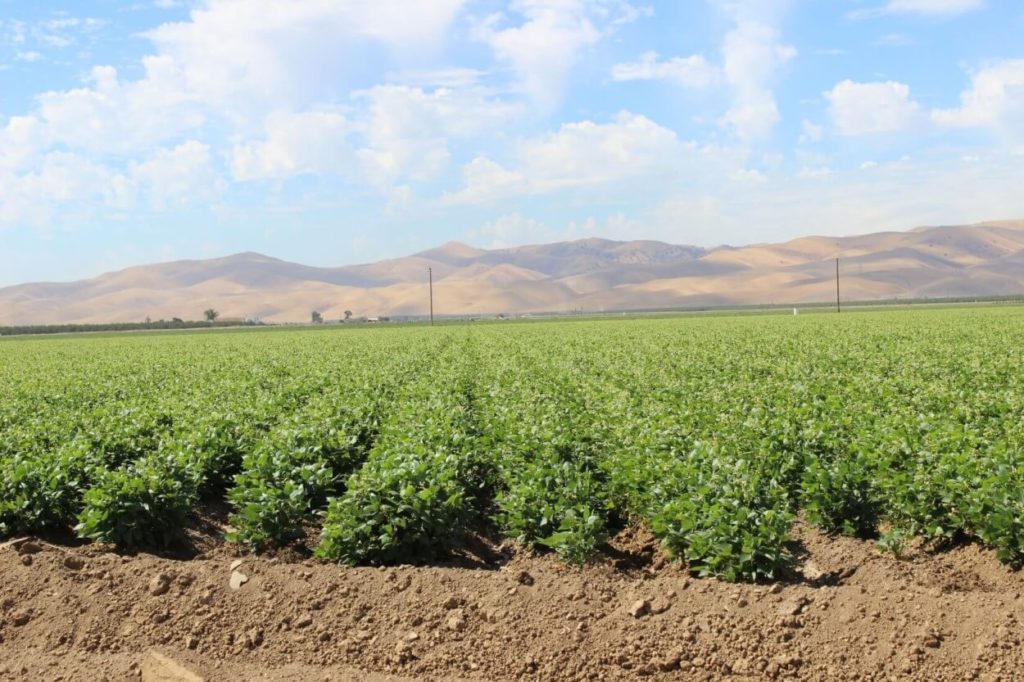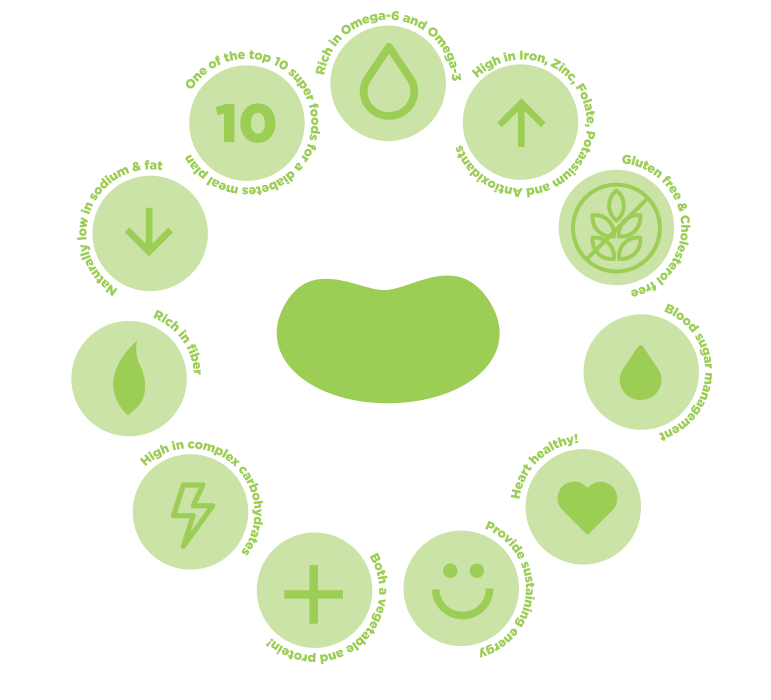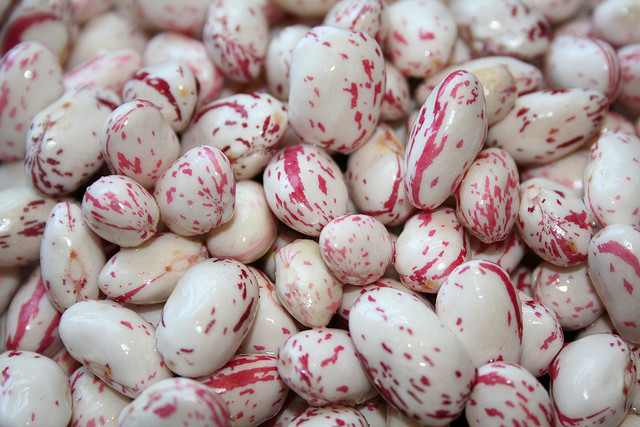CALIFORNIA BEANS
Discover The Many Wonders of Beans and Legumes
Eat More Beans
First of all, we all know how delicious beans are! But, there are incredible benefits to eating more beans, too. Beans are rich in protein, iron, zinc, fiber, folate and potassium. They are also low in, or free of, things you should avoid like saturated fat, sodium, and cholesterol. Beans contribute to regulation of blood sugar, insulin levels and cholesterol.

Beans fall into both the vegetable and the protein groups. Everyone should strive to increase their vegetables and fruit intake, including eating more beans each week. A standard single serving size for beans is a half cup. We recommend consuming 3 servings of beans a day, which is easy to do! See our recipes for more inspiration on how to incorporate beans into your daily diet.

Environmental Benefits
Besides the great taste and nutrition, eating more beans and legumes offers an important environmental benefit. According to John Hopkins Center For A Livable Future, beans are one of the planet’s most sustainable protein sources. Beans use dramatically less water, land, and petroleum than do livestock, and they don’t pollute the planet with harmful byproducts like methane and other greenhouse gasses.
Read the article

Bean Nutrition Facts

As the graphic above shows, beans have some amazing nutrition facts:
- Rich in Omega-6 and Omega-3
- High in iron, zinc, folate, potassium, and antioxidants
- Gluten free and cholesterol free
- Blood sugar management
- Heart healthy
- Provide sustainable energy
- Both a vegetable and a protein
- High in complex carbohydrates
- Rich in fiber
- Naturally low in sodium and fat
- One of the top 10 super foods for a diabetes meal plan
Read more about the benefits of eating beans at nutritionfacts.org
What is a bean?
Beans are part of the legume family! Beans’ seedpods split into two halves. The part of the bean plant we eat as humans is the seed that grows inside of the pod.
What is a legume?
Legume are a family of plants. They have nodules on their roots that contain nitrogen-fixing bacteria. That means they naturally create nitrogen as a fertilizer for themselves and the soil around them! Legumes include beans, soybeans, peas and lentils.
So Many Bean Varieties to Choose From!

Just some types of beans include:
- Baby Lima Bean
- Black Bean
- Blackeye Bean
- Butter Bean
- Cranberry Bean
- Garbanzo Bean
- Great Northern Bean
- Kidney Bean
- Navy Bean
- Pink Bean
- Pinto Bean
- Red Bean
- Small White Bean
- Yellow Bean
- White Kidney Bean
Eat Your Beans!
Calbeans.org is brought to you by
the California Dry Bean Advisory Board.
531D North Alta Ave.
Dinuba, CA 93618
©2025 California Dry Bean Advisory Board. All Rights Reserved.
Privacy Policy | Website Design Updates in Fresno, CA
